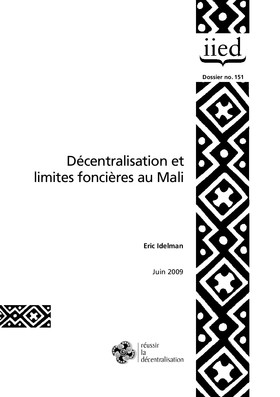Africa SDG Index and Dashboards Report 2019
The 2019 Africa SDG Index and Dashboards Report is a call for action not only to meet the SDGs but also to ensure timely and high-quality data on SDG indicators. The report focuses on the efforts that African governments are taking to incorporate the SDGs into their national strategies, budgets, public engagements, and coordination among branches of government. This report includes all 54 African countries and their country profiles.


